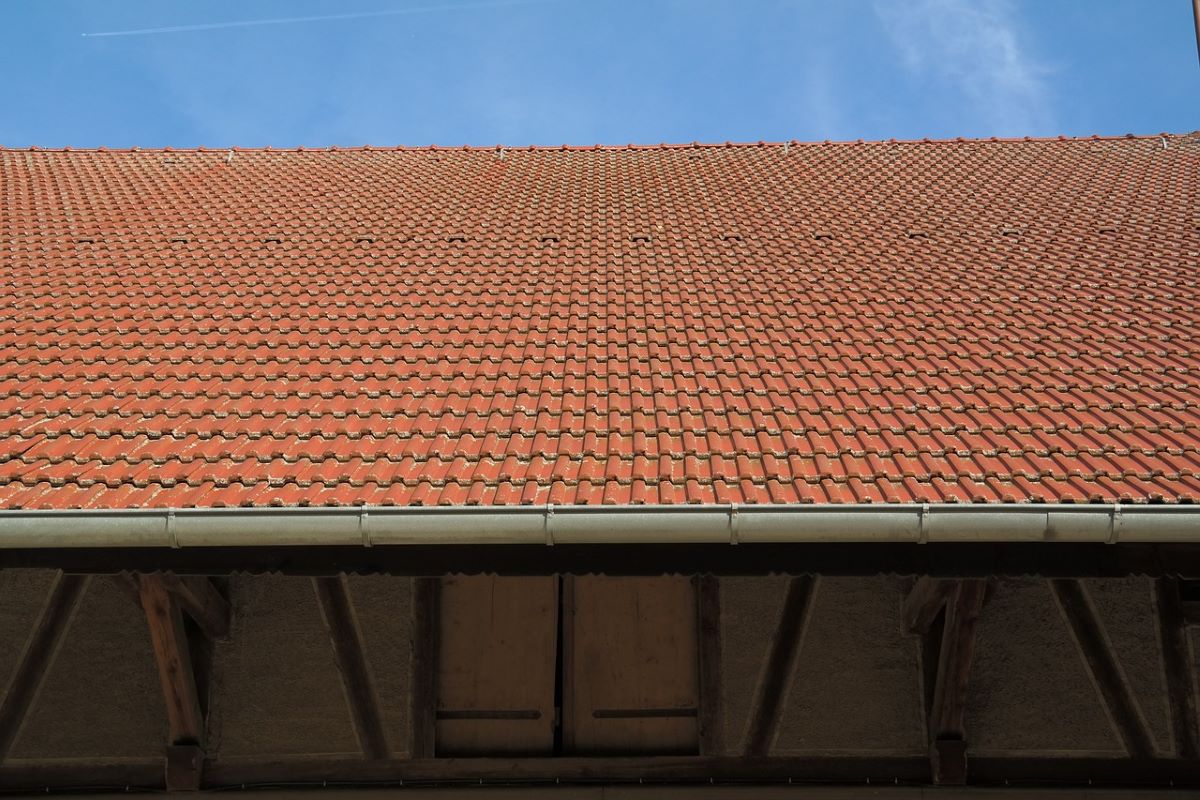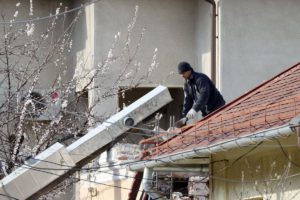Steps to Prevent Gutter Blockages

When heavy rain causes gutters to overflow, it often means that downpipes are blocked and need immediate attention. Ignoring blocked gutters and delaying DIY gutter replacement can lead to significant structural damage and costly repairs. Adequate drainage is crucial for protecting the home’s integrity, and addressing downpipe issues promptly can prevent major problems. Here, we’ll discuss seven essential steps to keep downpipes clear and functioning correctly, ensuring the home remains safe and well-maintained in all weather conditions.
1. Early Detection and Assessment
Regular inspections of gutters and downpipes are crucial, particularly after storms or heavy rainfall. Overflowing gutters, water stains on exterior walls, or damp spots near the foundation are clear signs that the downpipes may be obstructed. Early detection is crucial in preventing minor issues from escalating into major problems. A quick check after severe weather can reveal potential blockages or damage. This proactive approach helps address issues before they cause significant harm, saving repair time and money.

2. Safe Downpipe Assessment
Assessing downpipes requires careful attention to safety. Start by securing the ladder on a stable surface to prevent any accidents. Ensure the ladder is positioned at the correct angle for stability, and wear non-slip footwear to enhance grip. Use a sturdy wire or thin pole to probe the downpipe for blockages. Insert the wire, moving it in and out to test for obstructions. If there are concerns about climbing or working at heights, it’s prudent to consult a professional. Safety should always come first, and using proper equipment and techniques can help avoid potential injuries.
3. Clearing Minor Blockages
Once safely positioned, visually inspect the downpipe for visible blockages. If a blockage is detected, use a wire to break it up. Insert the wire into the downpipe and move it in and out to break the obstruction. This process can effectively address minor blockages that are accessible through the downpipe. After dislodging the debris, use a garden hose to flush out any remaining material. The water pressure will help remove residual debris and ensure the downpipe is fully operational. Regular clearing of minor blockages helps maintain optimal flow and prevents future issues.
4. Disassembling Downpipes
Disassembling the downpipe may be necessary for more severe blockages that can’t be cleared with simple methods. Begin by tapping along the downpipe to locate the blockage. A solid sound will indicate where the obstruction is situated. Carefully disassemble the downpipe section at this point. This process involves removing the affected segment and manually clearing out the blockage. Once the obstruction is removed, thoroughly flush the downpipe with water to clear any remaining debris. Reassemble the downpipe, ensuring that all parts are securely fitted. This method requires more effort but is effective for addressing stubborn blockages.
5. Seeking Professional Help
If DIY methods fail to clear the blockage, it’s time to call a professional. Plumbers have specialized tools such as sani-snakes or jet-rodding machines to handle severe blockages. These tools can navigate deeper into the downpipe and effectively clear complex obstructions. A professional plumber can assess the situation, use advanced techniques to resolve the issue, and ensure that the downpipes are restored to proper functioning. Relying on experts can prevent damage to the downpipes and ensure that all blockages are addressed thoroughly.
6. Preventive Measures
Prevention is always better than cure. Installing gutter guards prevents leaves, debris, and other materials from clogging gutters and downpipes. Gutter guards, including mesh and screen systems, come in various types and are designed to fit different roof styles. Installing gutter guards reduces the need for frequent cleaning and maintenance while keeping the drainage system running smoothly. These guards are a barrier against large debris, minimizing the risk of blockages in the downpipes.
7. Choosing the Right Gutter Guard
Selecting the appropriate gutter guard depends on the type of roof and the home’s specific needs. For instance, Klip-Lok and tiled roofs require different gutter guards. Consider the roof’s design and the local environment when choosing a guard. Some gutter guards offer additional benefits, such as deterring birds from nesting in the gutters. This can help prevent other issues related to blocked gutters and downpipes. Properly selecting and installing the right gutter guard ensures that the drainage system remains effective and minimizes maintenance needs.
Regular maintenance of downpipes is crucial to prevent water damage and costly repairs. Downpipes can remain functional by detecting issues early, safely assessing and clearing blockages, and using preventive measures like gutter guards. This proactive approach keeps homes safe and dry, even during heavy rain.


